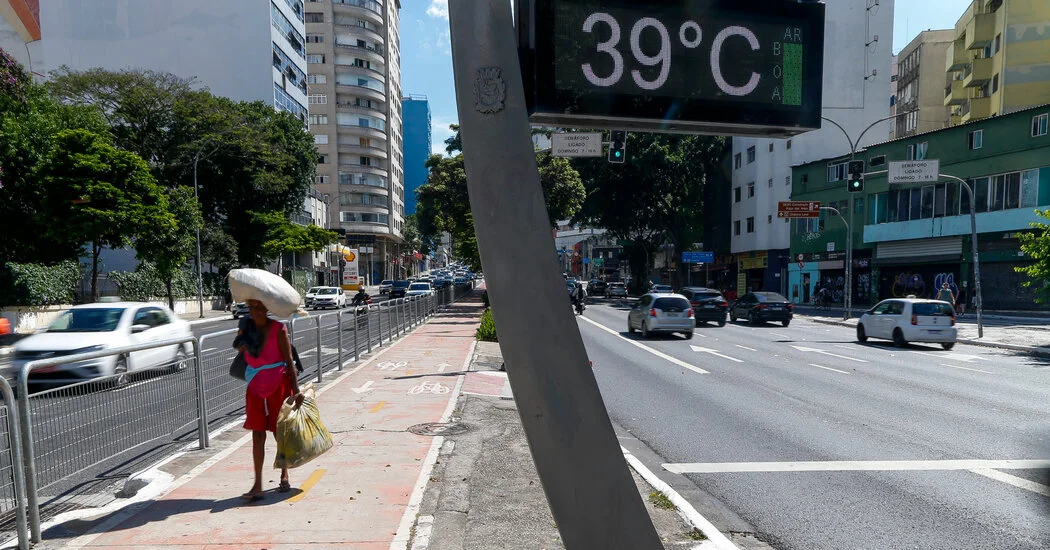- cross-posted to:
- nyt_gift_articles@sopuli.xyz
- climate
- cross-posted to:
- nyt_gift_articles@sopuli.xyz
- climate
The longer heat waves stick around in one place, the longer people are exposed to life-threatening temperatures. As workers slow down during extreme heat, so does economic productivity. Heat waves also dry out soil and vegetation, harming crops and raising the risk of wildfires.
These changes to heat wave behavior have been more noticeable since the late 1990s, Dr. Zhang said. He attributes the changes in large part to human-caused climate change, but also in part to natural climate variability.
The paper is here
Well that’s an excellent exposé, there, paper of record. Really explains how we got here, huh.
Time to retire to the Hamptons and give the Seagrams a hard time!
Most news isn’t some major exposé, but routine reporting on things that are happening. This falls into that category.
Yep. In the US for example the fronts during summer would sweep out of Canada and push across the US making lines of thunderstorms from Chicago to Dallas. The air mass would change winds and temperatures across a big chunk of the country. Now these large frontal systems rarely happen. Slower—moving smaller systems just grind away at a more localized area while the heat just sits there, nothing comes along to push it out of the way. More straight-line wind damage, more localized hail damage, more localized flooding.
This is the best summary I could come up with:
When heat waves swept across large parts of the planet last summer, in many places the oppressive temperatures loitered for days or weeks at a time.
“This really has strong impacts on public health,” said Wei Zhang, a climate scientist at Utah State University and one of the authors of the study, which appeared in the journal Science Advances.
They found that the scenario with these emissions was the best match for what has actually happened to heat wave behavior, indicating that climate change is a major force behind these trends.
Scientists have started to detect a larger pattern of air circulation and upper atmosphere winds like the jet streams getting weaker, at least during the summer at higher latitudes in the Northern Hemisphere.
Alongside his atmospheric research, Dr. Zhang is helping with local efforts to plant more trees and grasses around bus stops in Salt Lake City, where people have to wait in the sun during increasingly hot summers.
While waiting for international leaders to make progress on cutting greenhouse gas emissions and stopping climate change, Dr. Zhang said, local adaptation efforts are important to help keep people safer.
The original article contains 851 words, the summary contains 190 words. Saved 78%. I’m a bot and I’m open source!


